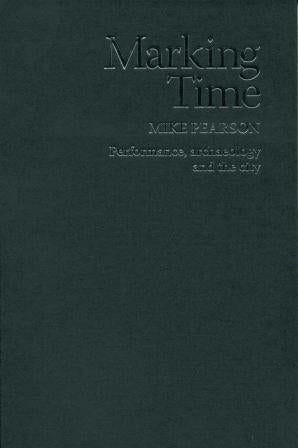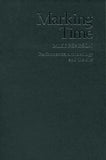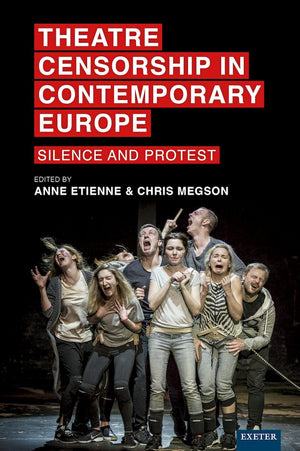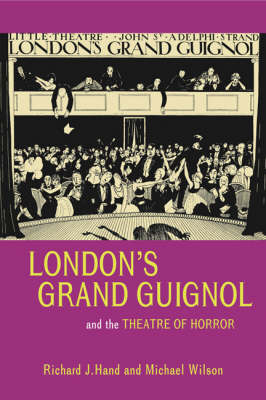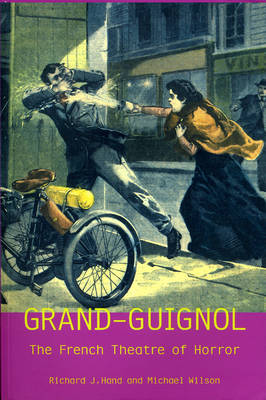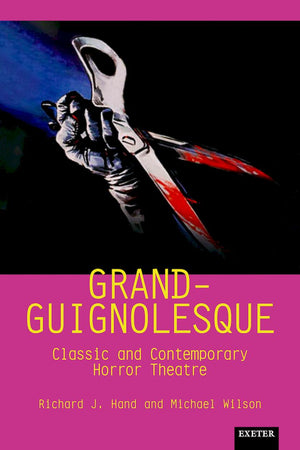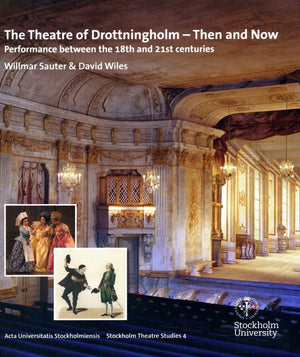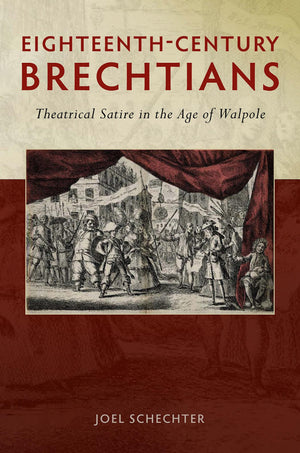University of Exeter Press
Marking Time
Performance, Archaeology and the City
Couldn't load pickup availability
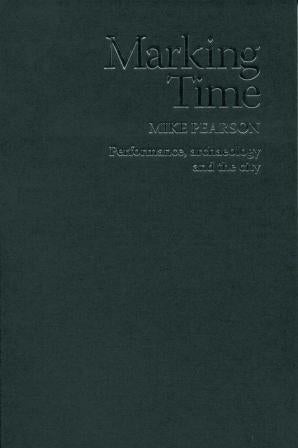
- 288 Pages
Marking Time: Performance, archaeology and the city charts a genealogy of alternative practices of theatre-making since the 1960s in one particular city – Cardiff. In a series of five itineraries, it visits fifty sites where significant events occurred, setting performances within local topographical and social contexts, and in relation to a specific architecture and polity. These sites – from disused factories to scenes of crime, from auditoria to film sets – it regards as landmarks in the conception of a history of performance.
Marking Time uses performance and places as a means to reflect on the character of the city itself – its history, its fabric and make-up, its cultural ecology and its changing nature. Weaving together personal recollections, dramatic scripts, archival records and documentary photographs, it suggests a new model for studying and for making performance…for other artistic practices…for other cities.
Marking Time is an urban companion to the rural themes and fieldwork approaches considered in ‘In Comes I’: Performance, Memory and Landscape (University of Exeter Press, 2006).
This book charts a genealogy of alternative practices of theatre-making since the 1960s in one particular city – Cardiff. In a series of five itineraries, it visits fifty sites where significant events occurred, setting performances within local topographical and social contexts, and in relation to a specific architecture and polity.
from reviews of In Comes I (published 2006):
‘…essential reading for anyone seriously interested in everything good that performance study can do at its best.’
Contemporary Theatre Review
‘…In Comes I is beautifully designed: the images, layout, and font transform the book into a kind of page-bound installation, a landscape to hold and move through. It feels good to look at and to touch.’
New Theatre Quarterly
‘Marking Time is a publication that will be of great interest to researchers of site-specific performance. It offers a fascinating historical case study, demonstrating how the shifting topography of the city can provide spaces for performance but also seize, modify and reposition them.’ (Kris Darby, Studies in Theatre and Performance, Volume 34 (3), 2014)
'As you’d expect of Mike Pearson, Marking Time: Performance, archaeology and the city is caringly done, with the devil in the detail. It’s a story of alternative theatre in Cardiff since the 1960s, divided into five ‘ itineraries’, in which Pearson moves through different parts of the city – from the University Assembly Hall to 47 Park Place to the Sherman Theatre, for instance – to trace instances of performance, and quietly celebrate their place in the lives of Cardiff and its inhabitants.' (Andy Lavender, Professor of Theatre and Performance, University of Surrey)
‘an extraordinary book’ (Silvija Jestrovic, Theatre Research International¸Volume 40, Issue 2, 2015)
Preface
Map of the book
Introduction: Cardiff, Performance, Premise, City, Archaeology
NORTH
University Arts Building; University Main Building; University Assembly Hall; 47 Park Place; Sherman Theatre; Sherman Arena Theatre; Cathays Park; National Museum Wales; Park House, 20 Park Place; University Engineering Building
EAST
Bridgend Street; Topaz Street; Ruby Street; Metal Street; Sanquahar Street; Moira Terrace; Adamsdown Cemetery; Howard Gardens; ‘The Vulcan’; ‘The Big Sleep’
SOUTH
Windsor Esplanade; 44/46 James Street; Mount Stuart Square; 7 James Street; Wales Millennium Centre; Senedd/Welsh Assembly Government; 126 Bute Street; Butetown; St Mary’s Church; Callaghan Square
WEST
House; Street; School; Llanover Hall; Chapter; Chapter yard; Chapter Theatre; The Gym; Cowbridge Road; ‘Llwyn yr Eos’
CENTRAL
Queen Street East; Queen Street West; Hayes Island; Morgan Arcade; Caroline Street; Central Station; St Mary’s Street; Westgate Street; Cardiff Castle; Parks
Postscripts: Theatre, Archaeology, City, Cardiff







